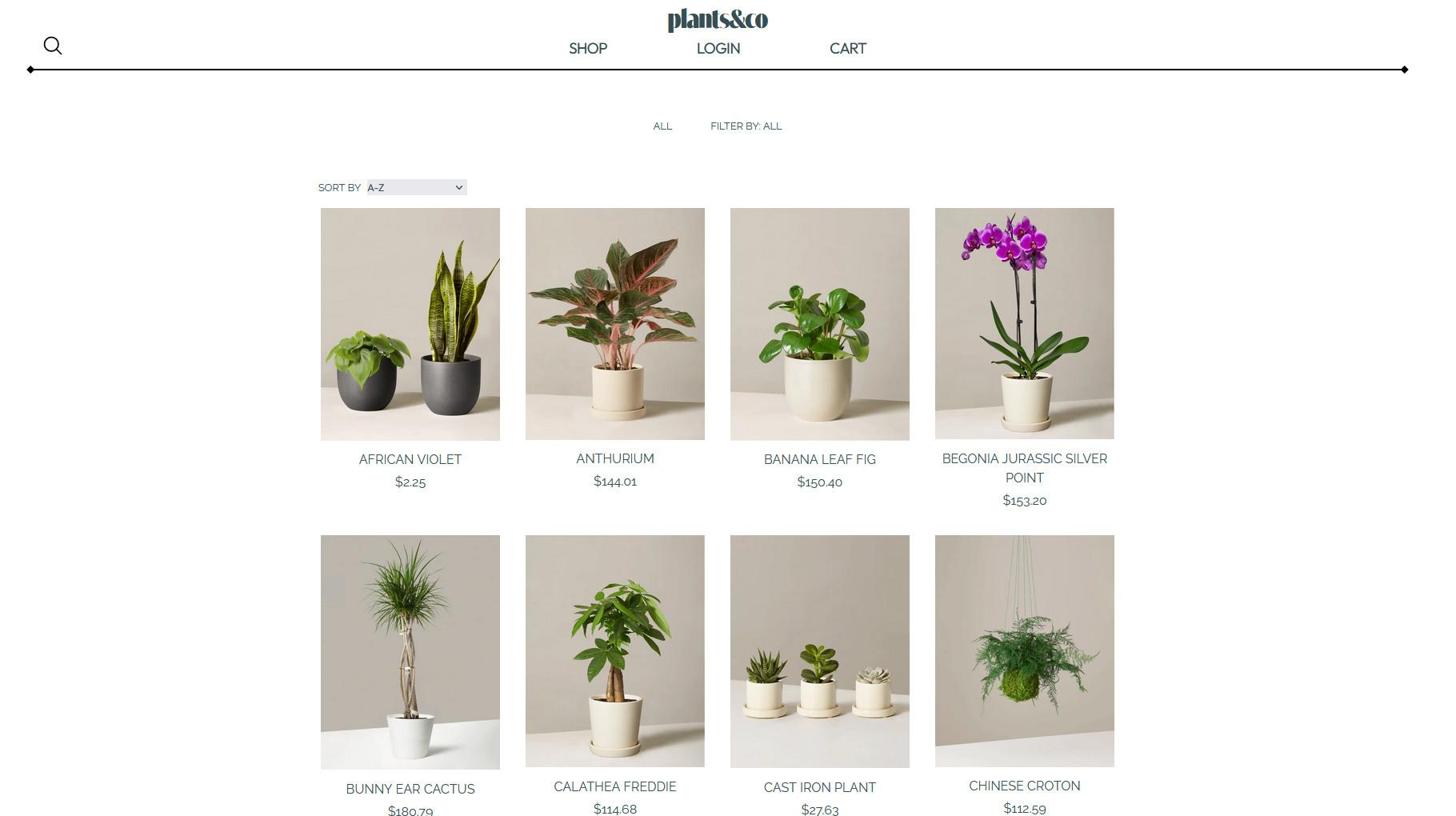Hey there, I'm Patrick, and I thrive on unraveling challenges through code.
Not long ago, I was labeled an accountant. And yes, it was as tedious as you might imagine. Amidst the monotony, occasional sparks ignited my interest—dabbling in system implementations or orchestrating process improvements with software tools brought me genuine joy. Yet, the routine of closing monthly books began to feel like a (really boring) cage.
It took longer than I'd care to admit, but the epiphanies eventually came, and they struck hard. Firstly, my talents lie in unraveling logic and maneuvering through complex processes, not in mailing tax forms. Secondly, solving problems with data and software has always been the common thread through all the bright spots in my career. Lastly, I grasped a vital truth: change is possible if I'm willing to pursue it.
That realization spurred action. The final journal entry of 2022 marked the beginning of a dedicated pursuit. Since then, every moment has been committed to mastering web development.
I love setting up databases, crafting business logic, obsessing over styling, and everything in between—the entire spectrum gets me going. Whether it's mastering some new tool, refining code cleanliness, or whipping the bundle size into shape, each step forward fuels my enthusiasm.
While I have gained so much knowledge over this past year, I know that it's only the very beginning of my education. It's time to accelerate my learning and growth. As such, I am seeking an opportunity to surround myself with seasoned developers in an environment that challenges my current boundaries as I contribute to delivering innovations, elevating performance, and championing accessibility.
Let's dive into problem-solving together. If you're in need of a swift-learning, inquisitive, self-driven developer (or you simply want to make my day by saying hello), drop me a line below. Let's make cool stuff together.



















